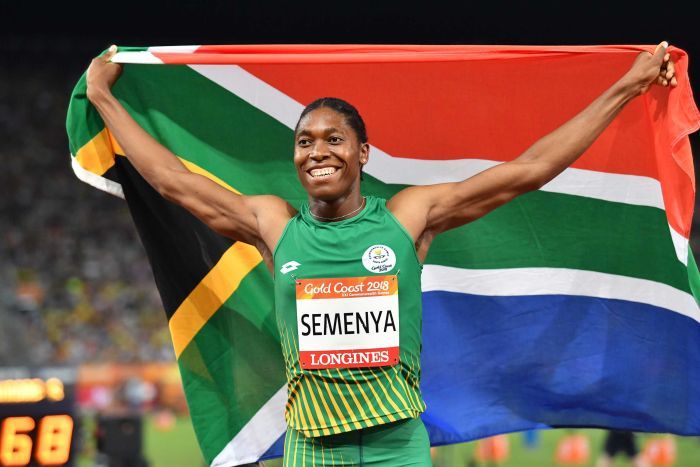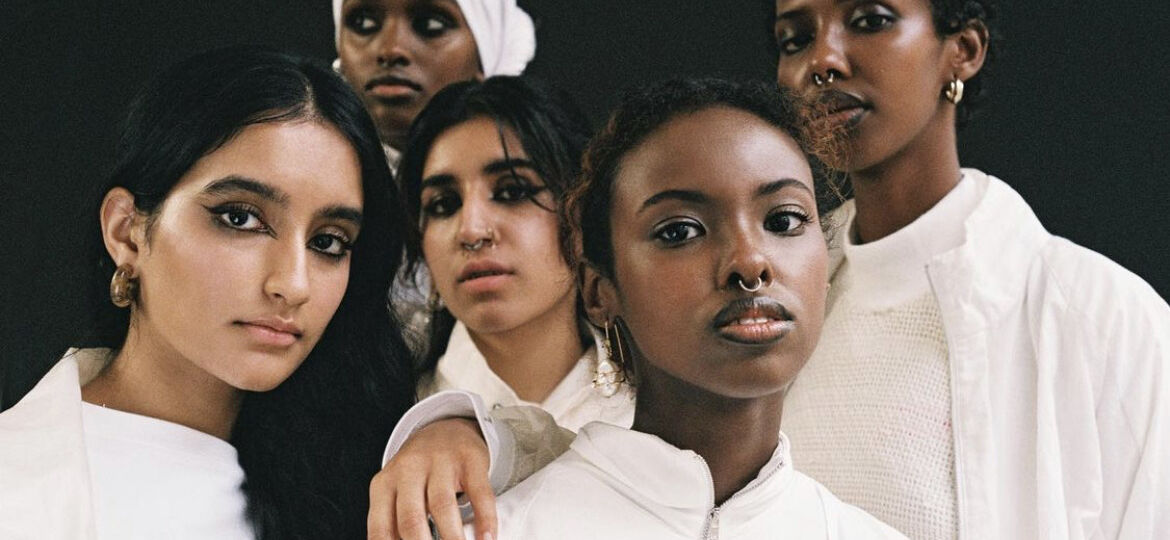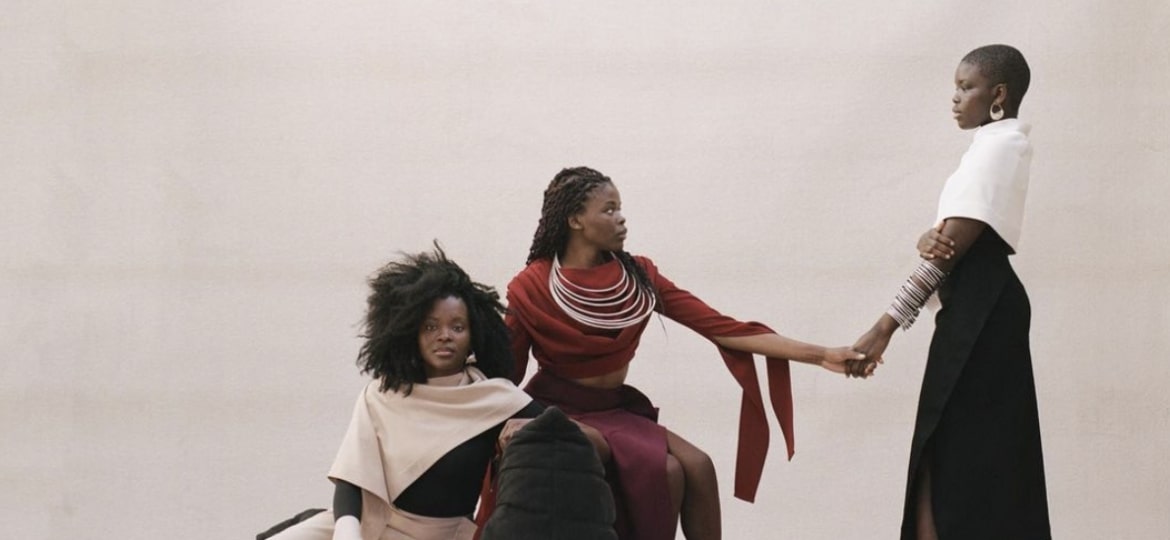May 16, 2019

By Shana
Earlier in the month, news broke that Caster Semenya had lost her landmark case against the international athletics governing body (IAAF). In their lawsuit, Caster’s team argued proposed regulations by the IAAF to have female athletes with high testosterone take hormone therapy to compete were discriminatory. The court ruled that these regulations were “discriminatory but were necessary” (The Guardian 2019). The lawsuit Caster filed and this ruling are both a part of a longer and more complicated history of gender questioning by the IAAF.
I remember the first time I saw Caster competing on TV. I remember the people I was watching with were so focused on her physical appearance and some even went as far as calling her a man. Unfortunately, this gender questioning was not only being done by viewers at home but by the IAAF as well. After an impressive win at the Berlin Olympics in 2009, the IAAF released information about having to conduct gender testing to verify Caster’s eligibility to compete in female events. The most disappointing part of this was, not only did Caster undergo invasive testing but also that this information was made public.
In July 2010, the IAAF advised that Caster was free to compete once more after undergoing gender verification. About a year later, the IAAF tried to introduce a new regulation that required women with elevated testosterone to take hormones to reduce the levels of this hormone. In 2014, Dutee Chand, an Indian Sprinter, appealed against a ban for elevated testosterone and in 2015 the appeal body suspended this regulation. This case is part of the continued scrutiny towards Semenya but and other female athletes with high testosterone levels. However, these experiences of this scrutiny for women of color particularly Semenya as an African woman also intersect with other forms of oppression, mainly racism. Black women who are considered more muscular have been prone to comments about being a man. Let’s not forget claims about Mozambican track runner, Maria Mutola was not female or attacks against Serena Williams that targeted her physique.
The IAAF’s rhetoric has been that they do not want to dictate people’s gender but that the regulation is to ensure fairness. Ironically, these new regulations to ensure “fairness” are only applied to races of certain distances. This arbitrary implementation brings up an important question, is it really about so-called fairness at all if these regulations are not being applied to all events? I am not trying to suggest that they should be. However, to borrow from the IAAF’s rhetoric, should fairness not be applied to all events?
Many have pointed out the contrast between Michael Phelps being celebrated for naturally producing less lactic acid and athletes like Caster being forced to change their natural bodies and not being celebrated for their genetic advantages. I am a little wary of taking this narrative at face value and the words genetic advantage make me uncomfortable. I think it’s much more than just about genetics and also about gender identity.
The IAAF’s regulation dictates to athletes what womanhood means both biologically and socially. According to their standards, your hormones make you a woman and those who do not fit into the parameters are expected to conform to the norm or to be excluded. This regulation basically makes athletes like Caster have to make this decision. I don’t want to make it seem like this regulation is an isolated problem. I definitely think it’s embedded in our society’s views on defining gender identify in restricted ways.
I am not a fake. I am natural. I am just being Caster. I don’t want to be someone I don’t want to be.
I don’t want to be someone people want me to be. I just want to be me. I was born like this. I don’t want any changes.
-Caster Semenya

Shana
Writer
Similar articles

September 18, 2021




